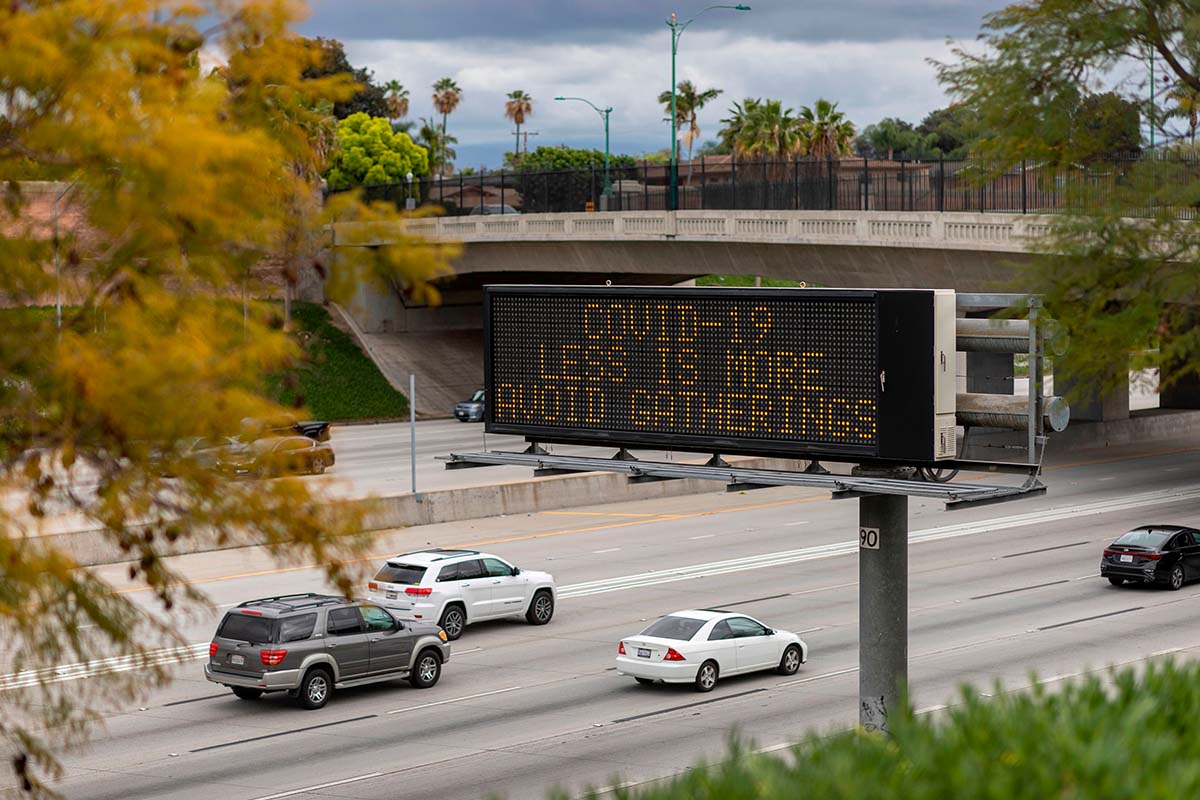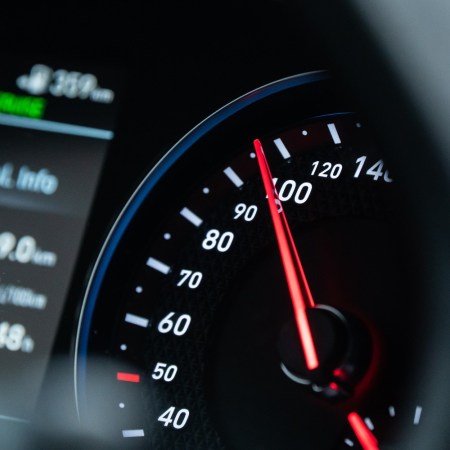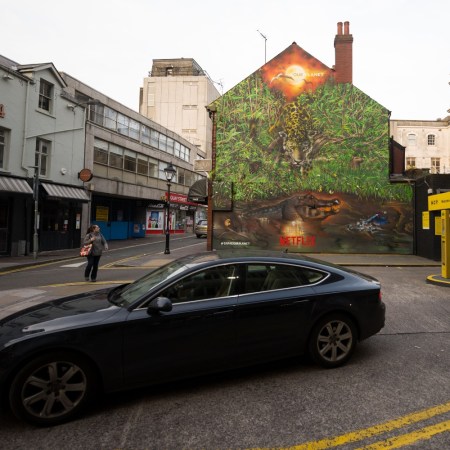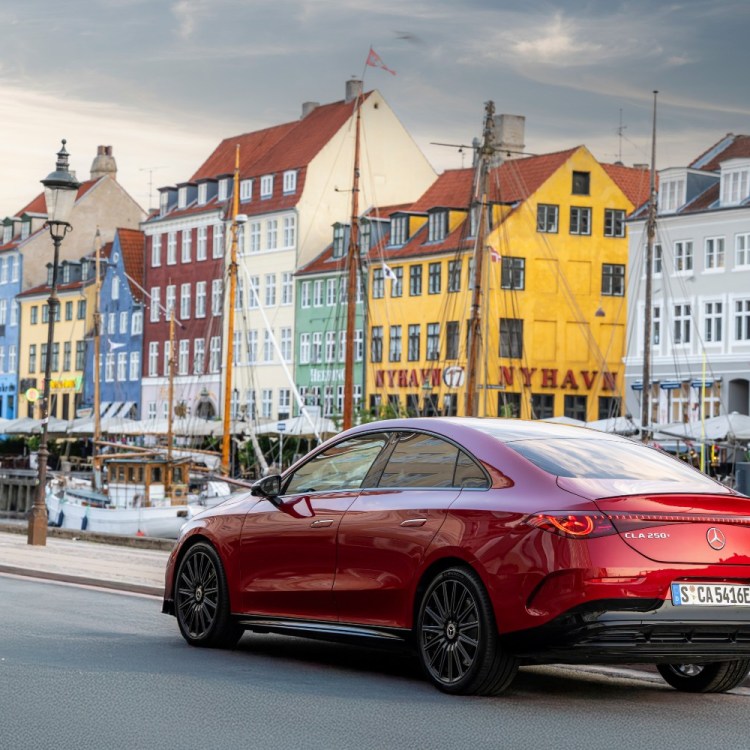Fewer people driving during the COVID-19 pandemic surprisingly did not make the roads safer. As noted by a report at Wired, a combination of faster driving, fewer cops and more drug use led to more fatalities per mile traveled, even as total traffic deaths fell.
According to the Federal Highway Administration, the first half of
2020 showed an estimated 16,650 people died in motor vehicle traffic crashes, a decrease of two percent from the first half of 2019.
But that small dip was negligible, because traffic volume decreased dramatically. Another study showed rather large shifts (4%+) fatality rates between 2020 and 2019, with rises in rural areas, in vehicles 10 years of older, rollover crashes, single-vehicle crashes and young people, among many others. The only decrease came from drivers 65 or older for the months of March, April and June.
“This presents a picture in which the traffic fatalities during April to June 2020 were more rural, involved more people 16 to 24 years old, were associated with risk-taking behaviors such as riding without a seat belt, and involved rollovers and ejections (which occur more often at high speeds and when occupants are unrestrained),” as the study by the National Highway Traffic Safety Administration noted. “In addition, the strikingly increasing trend of the total fatality rate … is strongly driven by the fatality rate per 100 M VMT on the rural local/collector, arterial, and interstate roadways.”
So what can we learn from pandemic driving? Wired called it a “road safety perfect storm” of open roads, less police, fewer risk-averse drivers (the older ones), the mental health effects of being stuck at home and increased drug/alcohol use among drivers. That last part was rather scarily sketched out by one study, which suggested that 65 percent of people killed in crashes in the pandemic’s first four months tested positive for at least one drug (and people who tested positive for opioids doubled to 14 percent).
Some solutions? Getting back to a pre-2020 work-life balance will probably help a bit, though that could be months or years off. And it may take long-term solutions like safer road design (e.g., adding rumble strips), as well as narrower lanes and roundabouts in urban areas.
To the latter part, we would add this: Even before COVID, the idea of reducing space for cars in cities seemed to be catching on, not just as a safety measure, but to increase space for affordable housing and make urban areas more pleasant for walking and cyclists.
Thanks for reading InsideHook. Sign up for our daily newsletter and be in the know.



















